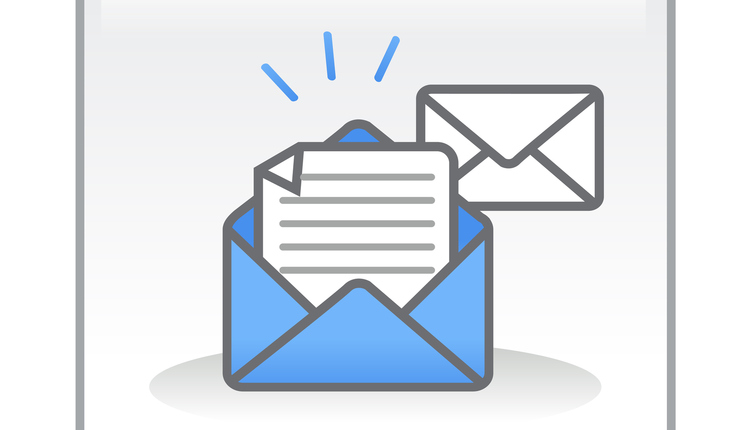The term Big Data is being used more often in our day-to-day business discussions. In many cases, the data we are now collecting is forcing us to look at our business differently. Departments within companies are beginning to work together in ways that never happened before. Today, the leaders of the business and IT sides of the house must work together to take advantage of the petabytes and exabytes being generated by everything around us.
Big Data is coming at us in velocity, variety, and volume like never before. Those who master this new world will emerge with a competitive edge.
What Is Big Data Telling You?
So, what is Big Data telling us about making our marketing efforts more effective? Interestingly enough, it is reinforcing what we have known for a long time: multichannel marketing that uses a combination of indirect and direct channels that allows your customers to use or buy your product or service through a channel of their choice works best.
Once a direct mail piece is created and a good mailing list has been utilized, the campaign is ready to begin. Now it is time to test the direct mail piece and see how many customers will respond to your offer.
On average, a household received 19 mail pieces per week in 2014 (down from 25 in 2008).
· Direct mail comprised 57% of total mail volume in 2014; up from 40% in 1990,
· U.S. organizations spent $46 billion on direct mail in 2014; up from $44.8 billion in 2013,
· 42% of recipients read or scanned direct mail pieces in 2014,
· Customers age 18–21 showed an increase in response to direct mail; the response rate rose from 4.1% to 12.4%.
· Postcards are consumers’ favorite type of direct mail piece; 51% of recipients find them useful.
And what does all this mean? The data lends itself to this interpretation: fewer mail pieces are received today compared with 20 years ago.
Older customers tend to appreciate mail more. We are seeing, however, growth in the younger generation’s receptivity towards direct mail.
If there is a direct channel relationship with the customer, we see that a well-designed and targeted direct mail piece can help drive that customer to websites, mobile apps, and traditional brick and mortar stores.
There are also additional statistics to compare response rates of direct mail vs. other channels:
· Customers are less likely to discard unopened mail (31%) than they are to discard unsolicited emails (53.2%) about new products.
· 73% of customers prefer mail for receiving new product announcements and offers from companies they do business with, compared with 18% for email.
· In another study conducted by the United States Postal Service, The Mail Moment, 67% of customers said mail is more personal and relevant than the Internet.
Think About Campaign Strategy
Effective direct marketing companies always think “campaign” not “offers.” The success for direct mail campaigns depends on an overall campaign strategy. Success means the right prospect with the right offer at the right time. There are multiple response techniques that can be used to improve response rates. Test, test, and re-test which techniques work best for each campaign.
Or, you can just take your organization’s raw data and extended megadata and aggregate it in a data lake and then use a series of complex algorithms to search for consistent patterns.














